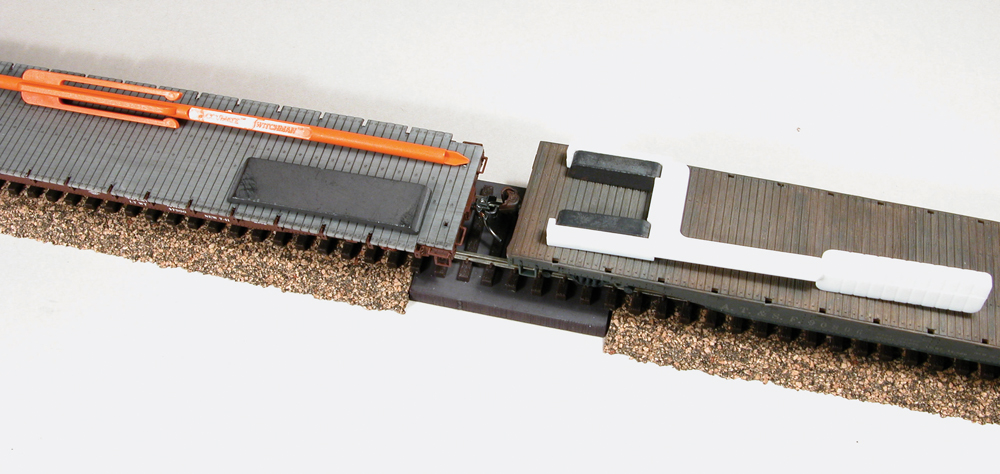
Automatic knuckle couplers have been a part of model railroading for more than 60 years. Not only do these couplers look more like what you see on full-size locomotives and freight cars, they’re easy to install and use. You can learn more about them in my articles on HO and N scale couplers on Trains.com. […]
Read More…
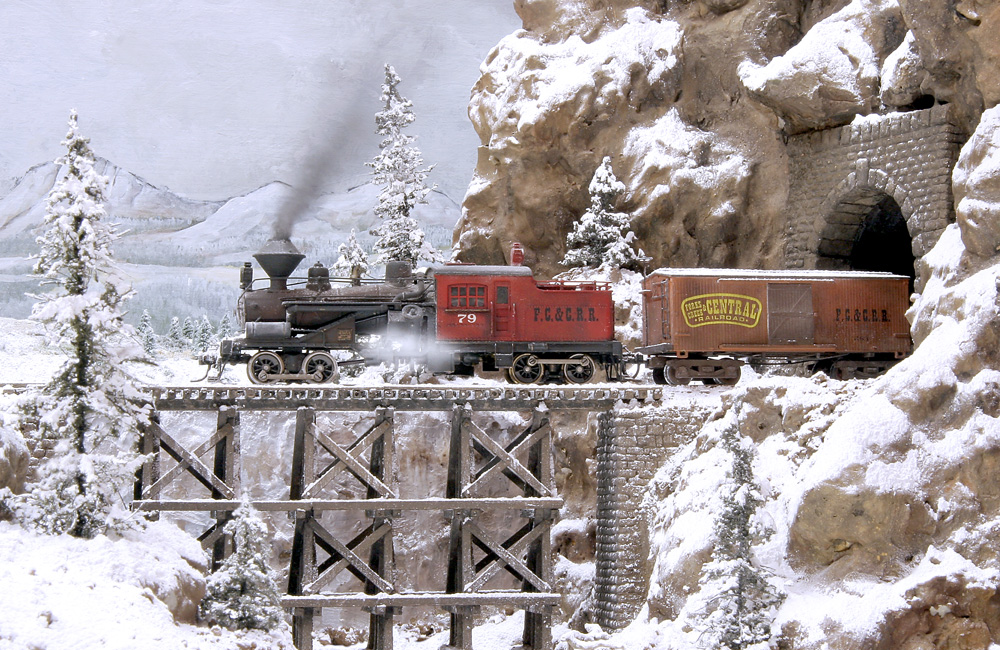
Although most model railroads are set in the verdant summer or colorful autumn, the snow-covered landscapes of a northern winter offer an unmatched visual drama. From paint to grout to powdered stone to commercial modeling products, there are many possible answers to the question of how to model snow on a model railroad layout. Modelers […]
Read More…
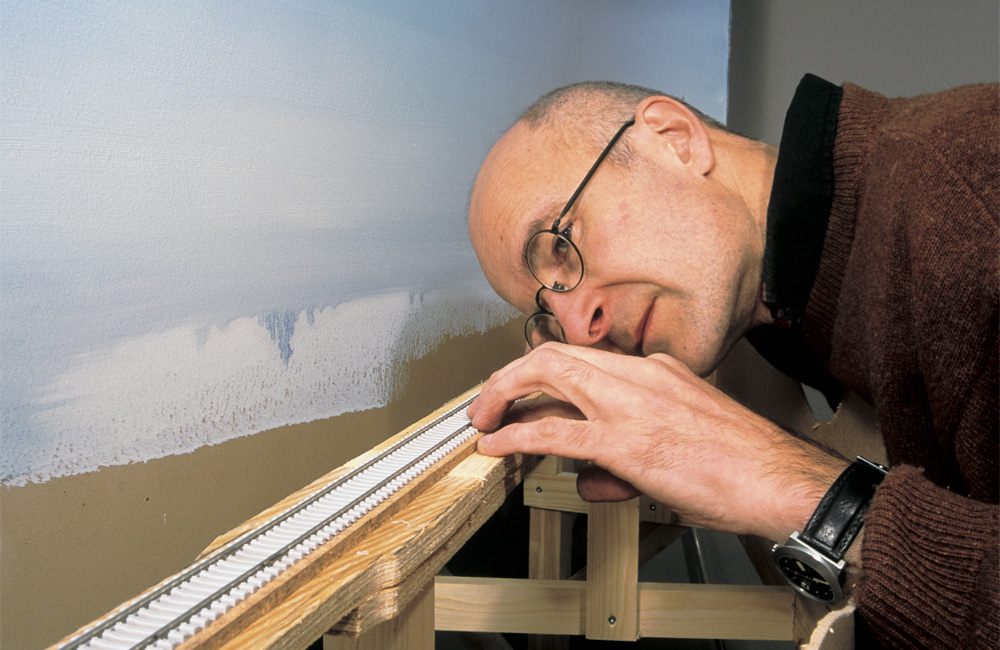
Q: What is the rule of thumb for the transition from a grade back to level when laying track? — Carl Angdahl A: Gradual transitions between track grades, called vertical track easements, can help prevent problems on your model railroad. If a train suddenly goes from a steep grade to flat track or vice-versa, couplers […]
Read More…
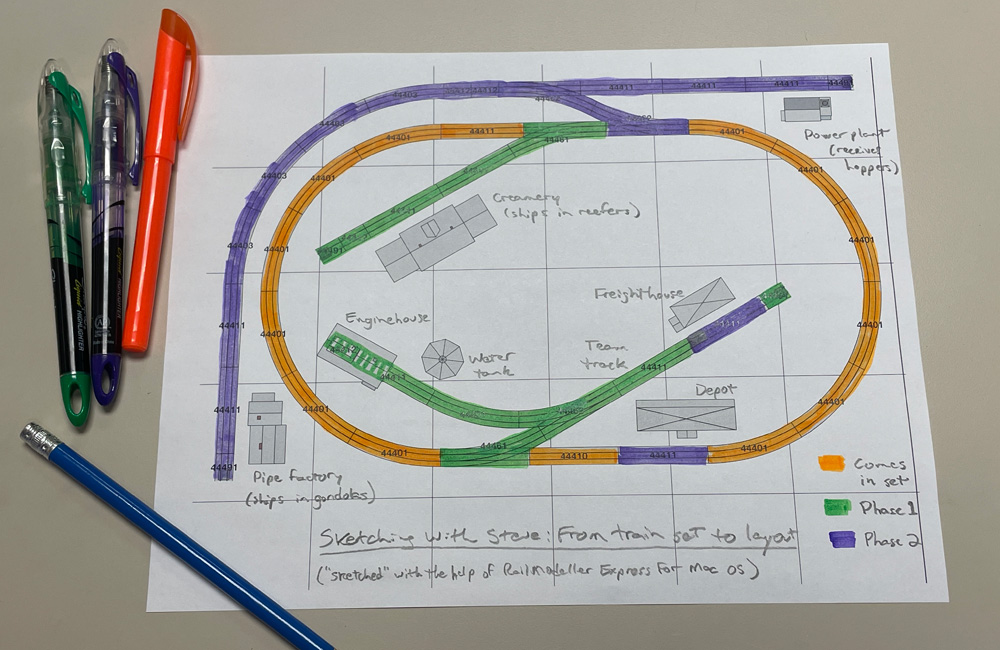
Many model railroaders get their start during the holiday season, with a train set either wrapped in colorful paper or already set up and circling under the tree on Christmas morning. But after a while, even a starry-eyed kid can get bored watching that train go around and around in an endless loop. It would […]
Read More…
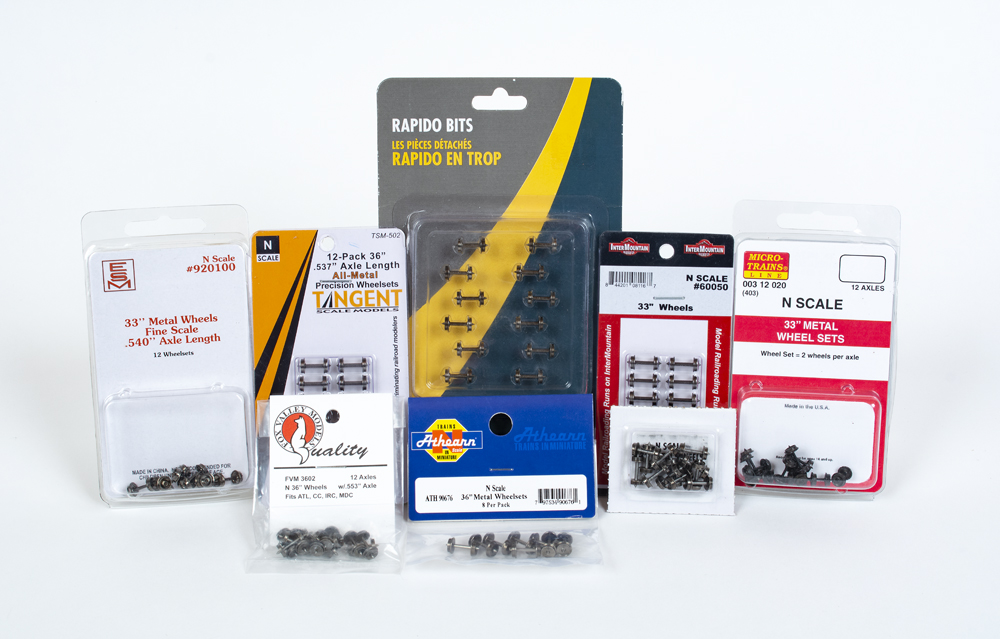
Last month, I wrote about metal wheelsets offered in HO scale. In this guide to N scale metal wheelsets, I’ll cover the options available for those who model in 1:160 proportion. The case for metal wheelsets N scale wheelsets have come a long way since the 1960s and 1970s. For many years, Micro-Trains N scale […]
Read More…
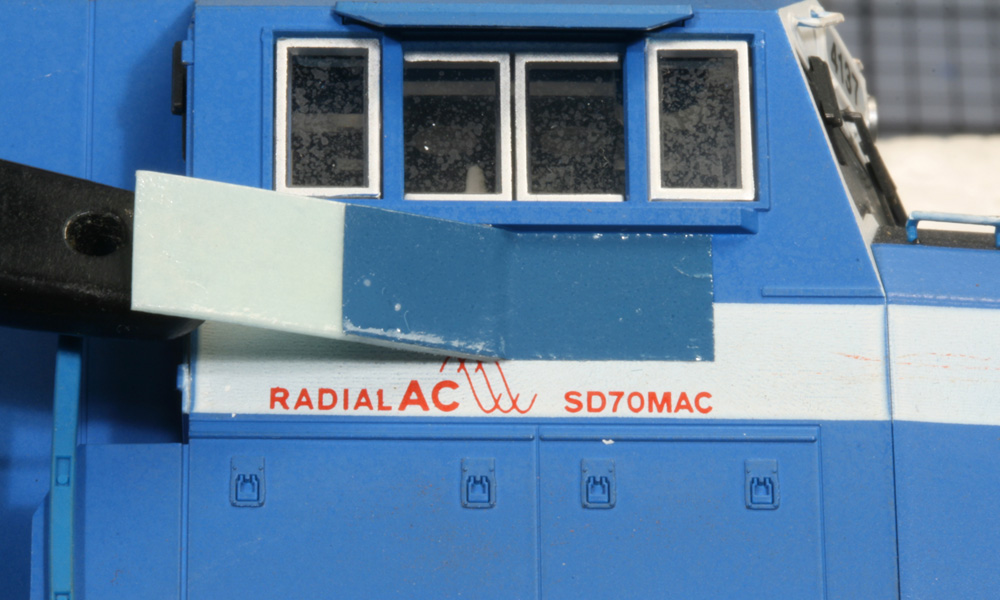
Q: I would like to know how to patch out leased locomotives. I model a bridge line connecting the Nickel Plate (NKP) at Wheeling, W.Va., with the Norfolk & Western (N&W) at Bluefield, W.Va. I roster several EMD GP30s and some Alco units, all in NKP livery. Most of my steam power is lettered for […]
Read More…

The holiday season is when many people get introduced to model railroading. It usually starts with a train set that contains a locomotive, a few freight cars, a caboose, some track, and a power supply. Eventually, you’ll probably want another locomotive or some new cars. Here are some ideas on where to buy model trains. […]
Read More…
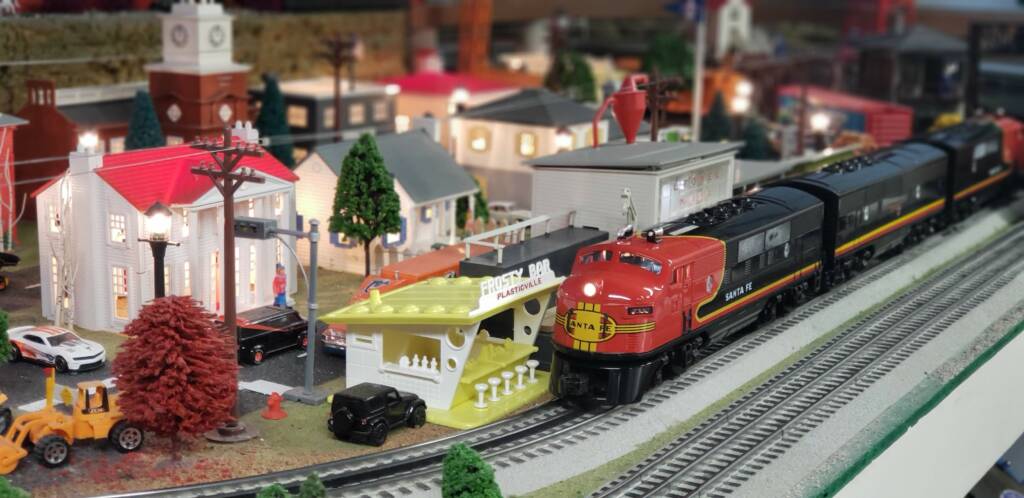
Design a toy train layout — O, S, or Standard/Wide gauge — it requires above all making one fundamental decision. Each operator must decide what sort of look he or she wants the layout to have. To be specific, each modeler has to figure out the extent to which the layout, regardless of size or […]
Read More…
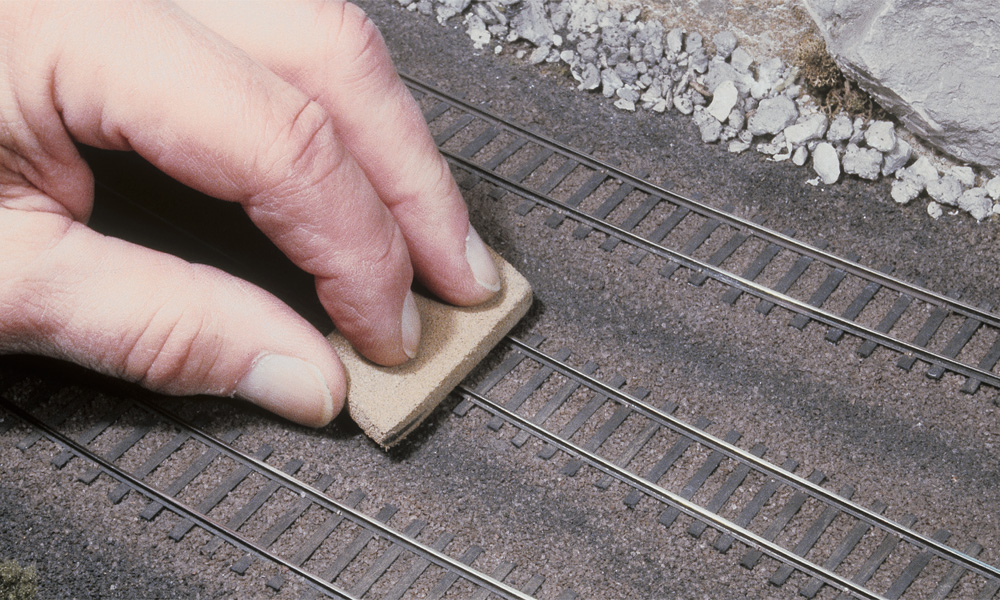
Q: I have a tight HO scale helix with a grade of 3%. My smaller steam engines have a hard time pulling more than two or three cars up the grade. I know the standard answers: increase engine weight, add a second engine, apply Bullfrog Snot to the drivers, make sure car trucks roll smoothly. […]
Read More…
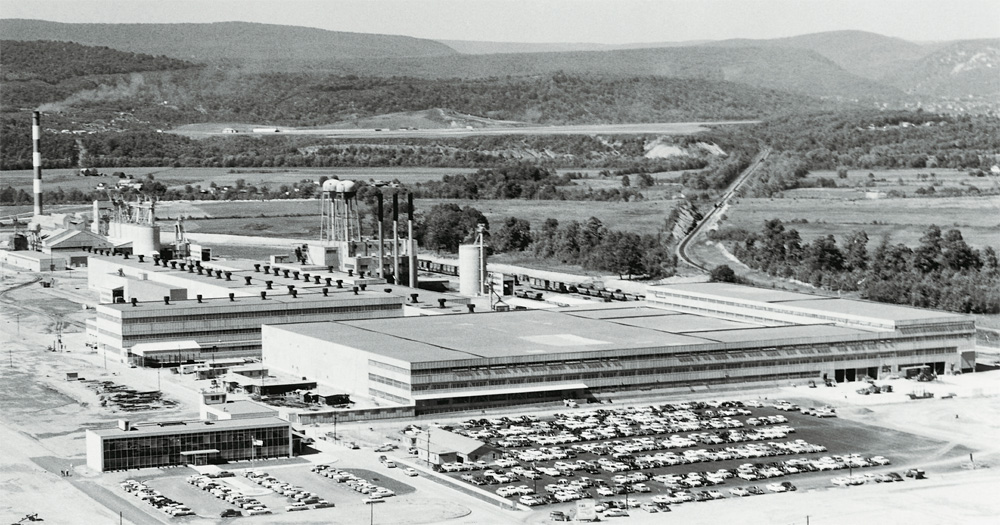
Q: I’m slowly building the industries on my HO layout and can’t seem to find one in particular: a glass plant. I see all types of industries one can buy in HO scale, but no one seems to make a glass plant. Why not? I once worked for one of the largest glass container manufacturers […]
Read More…

Q: My father, who gave me my first train set in 1974, asked me a couple questions about steam locomotive power that I didn’t know the answers to, so I’m directing them to you. Which wheel configurations are better for pulling a train up a hill versus long freight loads a long distance, and why? Also, […]
Read More…

If you’re like many model railroaders, your first train was set up on the kitchen table, on a 4 x 8-foot sheet of plywood in the basement, or maybe on the floor around the Christmas tree. But when you’re ready for your first permanent layout, you have to decide where to build a model railroad. […]
Read More…












